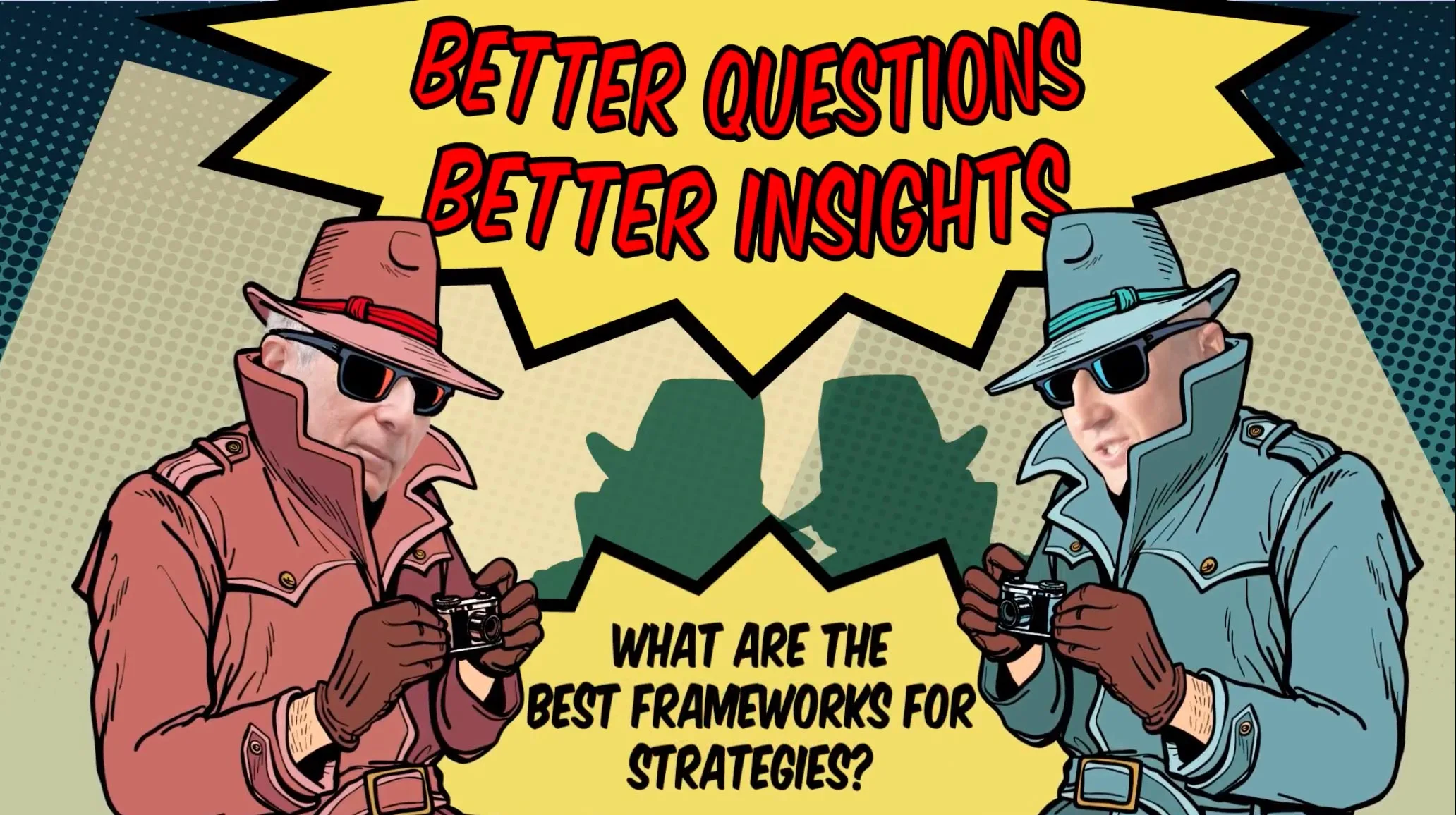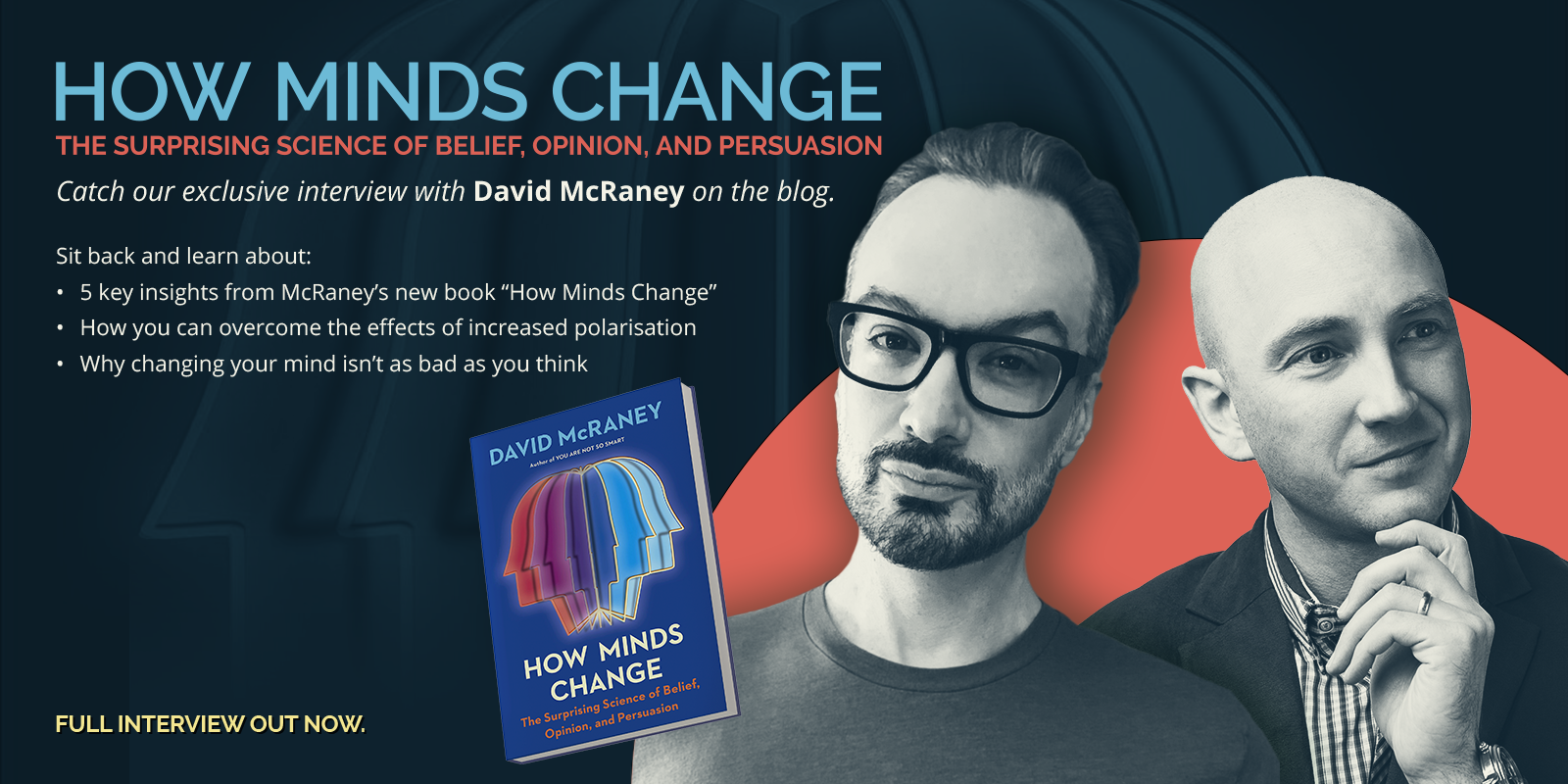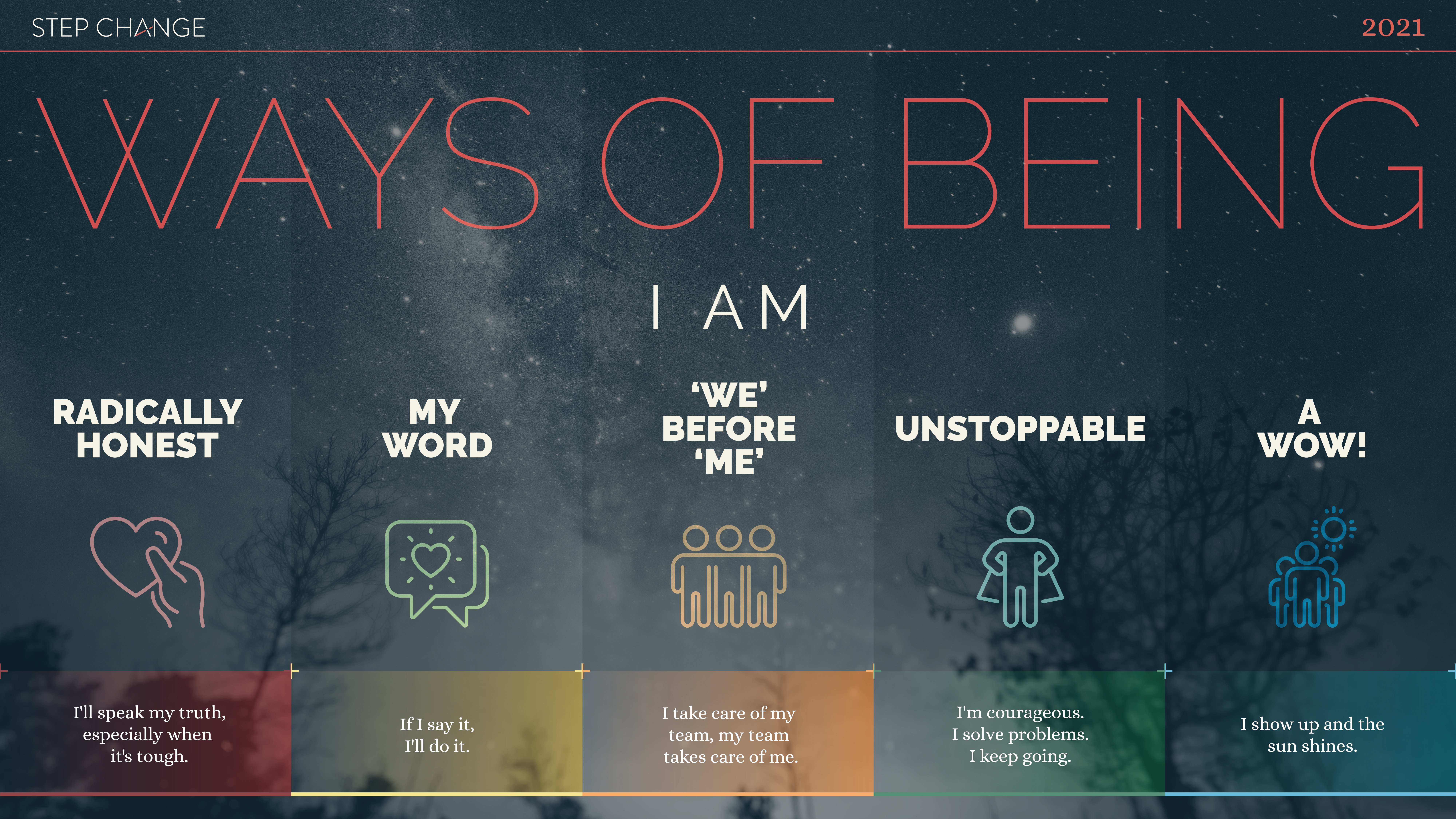As more brands turn to video to get their content noticed, the need to put out engaging content is no longer an option but a necessity.
A new challenge lies in getting the same viewer engagement even for dry, serious, or boring topics. In this post, we’ll look into how you can effectively use video to get your message across and get your audience to engage even for seemingly boring topics.
The truth is, if you think your marketing message is boring, your customers will probably think the same way too.
There are no boring topics, only boring presenters. And the same holds true for content.
No matter what industry you may find yourself in or no matter how dry a topic generally is, there’s always a way to frame your message more effectively and make it more engaging.
Here are some ways you can transform dry and dull topics into engaging content.
Note: The examples in this blog post are our clients.
1. Maximise the Use of Explainer Videos
Explainer videos are great at using visuals to facilitate learning of how a product or a service works while promoting viewer engagement.
Not only are they quick and easy to understand, but they take the guesswork out of identifying whether or not your audience gets the message because you can pitch an idea and optimise it for maximum impact and retention.
Take Vitality Works’ case in point. Each year, the workplace health provider offers a flu immunisation program to businesses in Australia.
The team at Vitality Works aims to increase staff participation within businesses as this would mean businesses have a healthier workforce.
But because the topic of flu immunisation isn’t at all exciting, we designed the program’s promotion in a fun and engaging way. We developed a video explaining the details of the program and, most importantly, why it’s important that employees should sign in.
2. Use Video to Transform Testimonials into Stories
Rather than feature written testimonials on your website, you can make them more effective by creating video stories out of them. Not only does this ensure more dwell time for your site visitors, it helps get the message across by drawing emotions and feeling from viewers.
A great example is how Bankstown City Aged Care (BCAC) leveraged video in sharing client testimonials. In the video below, Betty, one of the receivers of BCAC’s in-home support, shares how she maintains her independent living through BCAC. Stories like this add new depth, making the rather serious topic of care relatable and more personal.
3. Use Video for Product Walkthroughs
Engaging content is content that makes your audience quietly go, “Wow this is for me.”
Instruction manuals are so retro and generally boring, confusing, and hard to understand. Even worse, does anyone ever open an instruction manual? Do you?
Most of us don’t even bother looking at them and simply throw them away.
A more effective way for you to get your customers to understand your product or service or introduce a new offering is by providing them with a quick video tutorial.
Case in point: iCetana. This company offers an AI-assisted video monitoring software that works on surveillance cameras. This brand video helps explain the purpose of their product and how it helps security staff ‘see’ the security risk and act on it real-time.
4. Hold Attention Better with Shorter Videos
With so much content more widely available these days, people’s attention span have also been continually decreasing. Video storytelling needs to continually evolve to meet these needs. It’s easier for people to choose content that is relevant to them as they skim through their feeds looking for what they want or something that interests them.
Getting the most views for your video is no longer just about the quality of the content anymore; you also need to consider video length.
Shorter videos are direct and hold people’s attention better. Video statistics show that you lose half your audience with longer videos compared to relatively short and punchy 30-second videos or under.
Note that if you need to present an intricate message, you’ll definitely need more time to elaborate. But it’s important to realise that most of your audience will probably not make it through the end of the video.
To counter this, it would be best to insert the most critical parts of your message at the start of the video so viewers can continue to derive the most value out of it even if they choose to skip the end.
In fact, YouTube recently came up with a 6-second bumper ad format to help advertisers capture the attention of their mobile viewers better. Check out the six-second video we did for Bankstown City Aged Care.
The success of these six-second bumper ads show that you don’t even need to tell an entire story to evoke emotion. Six seconds is more than enough to pique interest and draw a viewer in.
With the right editing, a strong message, and a smart punchline, you can engage your audience and deliver the right impact in six seconds or less.
















